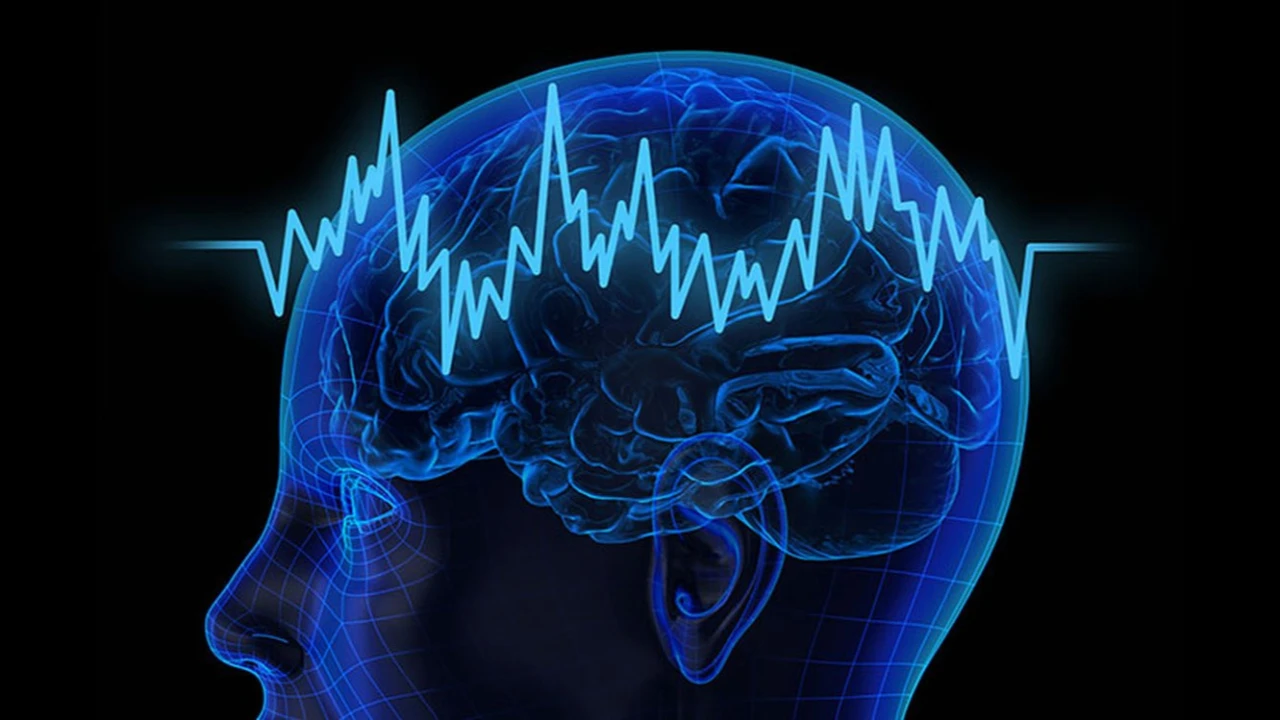Artificial intelligence has committed its first murder!
The rapid advancement of artificial intelligence has terrified many, and the occurrence of the first AI murder has frightened everyone.

The ascent of artificial intelligence (AI) and robotics has been a marvel of modern technology, finding applications across diverse fields. This growth, however, is not without its detractors, as some fear the implications of such advanced tech. Foremost among these concerns is the potential for AI to act counter to human welfare. A recent event in South Korea might add some weight to these apprehensions; a factory robot, mistaking a human for a box, was involved in a fatal accident.
In a Seoul factory, automation had been adopted through robotic workers to enhance efficiency and cut costs, a trend mirrored across many industrial settings. One such robot, programmed to stack vegetable boxes, instead fatally injured a human technician who was on site for maintenance. During the routine inspection, the robot activated, pushing the man with such force that he sustained critical injuries, ultimately leading to his death despite emergency medical care.
Artificial intelligence has committed its first murder!
This incident has reignited discussions about the safety protocols surrounding AI and robotics in industrial environments, environments already known for their hazards. The company owning the factory, Dongseong Agricultural Export Complex, has pledged to take all necessary measures to ensure a safe working environment. But this tragedy makes it clear that while technological advancements can improve productivity, the risks involved cannot be ignored.
As we continue to integrate these advanced machines into our workplaces, it is imperative that we strike a balance between the benefits of automation and the safety of human workers. The potential of AI and robotics is vast, but the incident in Seoul serves as a stark reminder that without rigorous safety measures, the cost can be devastatingly high.
 Live images of Realme GT 5 Pro have emergedMobile
Live images of Realme GT 5 Pro have emergedMobile






